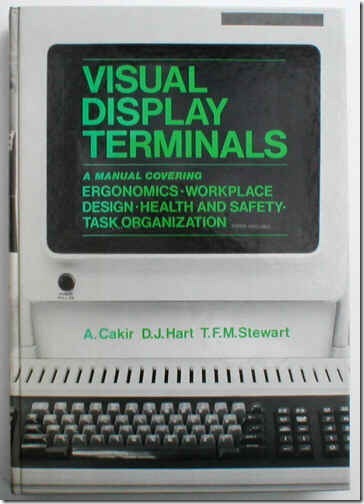Visual Display Terminals
A visual display terminal is a computer terminal which usually has a keyboard for input and a screen for output .
A visual display terminal is also called a visual display unit or VDU. Its speed for output may vary from 10 characters per second (on a slow serial line) to 960 characters per second or faster.
Facilities on the different models can include:
1- Editing data anywhere on the screen to send it back to the computer.
2- Printing at any chosen point on the screen.
3- Storage in the terminal of data no longer on the screen.
4- Local processing.
5- Graphics .
6- Variable-sized characters.
Advantage of a VDU over a typewriter terminal
1- Quiet
2- Usually faster-at least for a given price.
3- No paper wasted.
4- Sometimes better facilities for editing data locally (i.e. without using the computer).
Situations in which VDUs are used
1- In almost any interactive situation where a printing or other specialized terminal is not necessary.
2- Where high-speed display is needed.
3- Where noise would be annoying.
Examples of uses of VDUs
1- At an airport terminal checking on flights for passengers. Here no hard copy is needed. However, in a situation where flights can be booked at the terminal point it would be useful to also have a printing terminal available.
2- As an operator’s console in a computer room. An operator’s console is the device used by the operators to control the computer. In this situation a fast terminal is required, but no hard copy.

